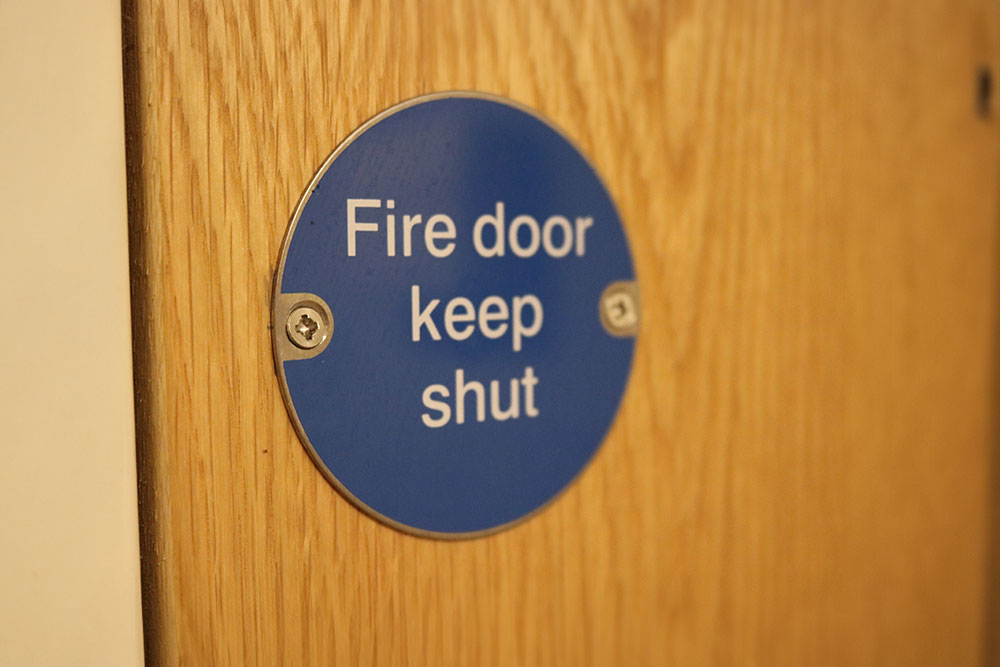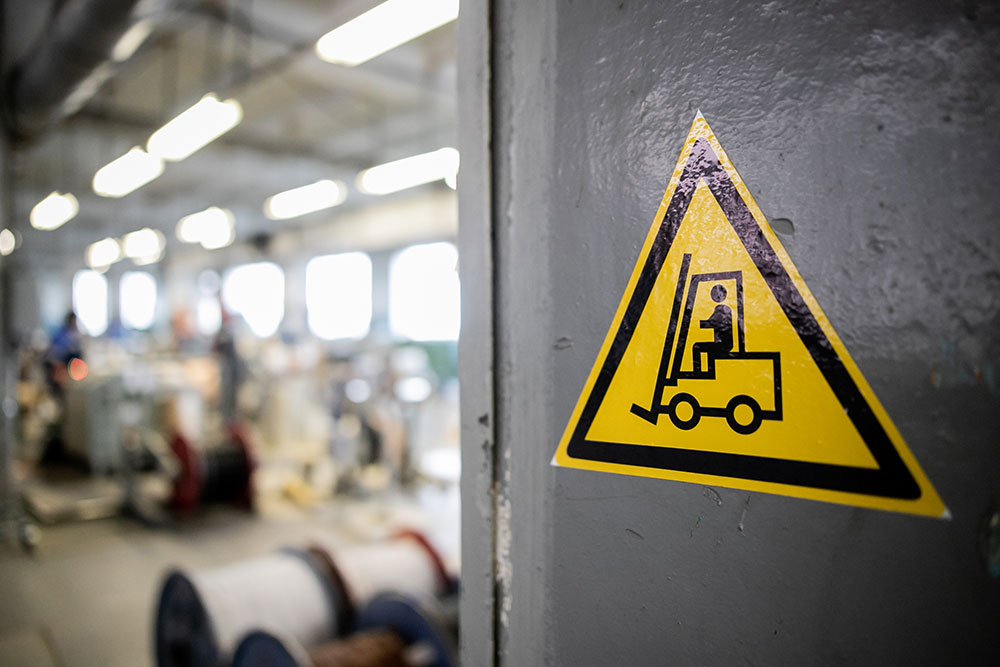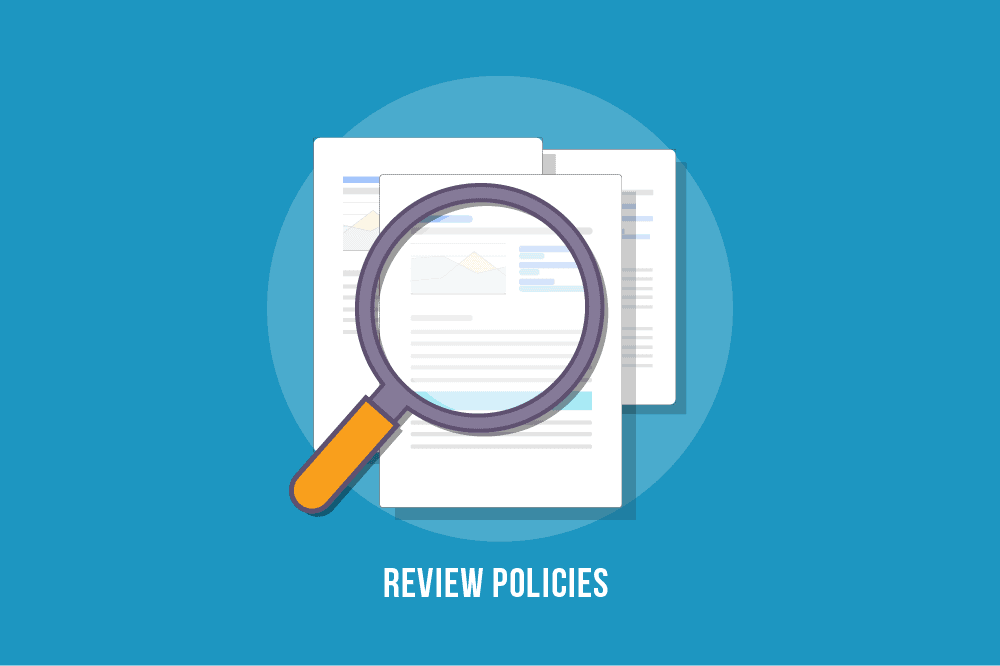
Construction work always involves some level of ergonomic risk. On-site, you’re constantly lifting heavy items, holding an awkward position to finish a job or carrying out repetitive tasks. Without precautions, all of these activities can harm your bones, muscles, tendons and joints – known collectively as your musculoskeletal system.
This blog explains how you can improve construction ergonomics and reduce injury risks for yourself and others on site.
Key Takeaways: Construction Ergonomics Risks & Control Measures
- Construction ergonomics involves adjusting tools, methods and the work environment to make jobs easier, thereby making them safer.
- Manual handling can strain muscles and joints. Use lifting aids and split loads to reduce pressure on the body.
- Repetitive tasks put constant strain on your muscles and joints, which can lead to pain and injury over time. Rotate jobs and take short breaks to prevent overuse injuries.
- Holding awkward postures while working, such as bending or holding your arms overhead, can strain joints and muscles. Use adjustable platforms and plan tasks to keep work within a natural range of motion.
- Vibrating tools can cause hand-arm vibration syndrome (HAVS). Use low-vibration equipment wherever possible. If you can’t substitute equipment, limit use time.
- Working on uneven ground or hard flooring increases ergonomic risks. Use anti-fatigue mats, knee supports and keep the ground even and clear.
Understanding Ergonomics
Ergonomics is about designing work to suit the worker. It means setting up tools, tasks and workspaces in ways that fit the body’s natural movement and limits. When used correctly, ergonomics reduces physical stress and lowers the risk of injury.
In construction, poor ergonomics often result from the physical nature of the job – workers frequently need to lift, bend, twist or stay in the same position for extended periods. These movements aren’t always immediately harmful, but can cause significant injuries over time.
Understanding construction ergonomics helps you spot where work puts stress on the body and find practical ways to reduce that stress without compromising productivity.
Common Health Outcomes
Poor ergonomics on-site doesn’t just mean aches and pains. Over time, it can lead to serious health issues like musculoskeletal disorders (MSDs). These are injuries or conditions that affect muscles, joints, tendons and nerves. They develop gradually through repeated strain, awkward movements or forceful tasks.
Poor construction ergonomics can lead to serious problems like:
- Back injuries – from slipped discs to long-term pain
- Tendonitis – swelling in your shoulder or wrist from overuse
- Carpal tunnel syndrome – causes numbness in the hands and weakens the grip
- Bursitis – painful swelling around joints, common if you kneel a lot
- Hand-arm vibration syndrome (HAVS) – causes tingling, numbness or permanent finger damage
What The Law Says
You have a legal right to work in safe conditions.
By law, employers are required to protect employees from work-related risks. These duties are outlined in several pieces of legislation, including the:
- Health and Safety at Work etc. Act 1974
- Manual Handling Operations Regulations 1992
- Control of Vibration at Work Regulations 2005
- Workplace (Health, Safety and Welfare) Regulations 1992
This means your employer must provide:
- Tools, equipment and systems that make lifting and moving safer
- Training on safe work practices and methods to avoid injury
- Channels for you to raise concerns if work is causing pain or strain
You can’t be forced to work in ways that put you at risk of injury.
Major Construction Ergonomic Risks
Construction work involves multiple ergonomic risks that can cause both short-term discomfort and potentially long-term disability.
1. Manual Handling
If you lift, carry or move heavy items like bricks, timber or bags of cement, you’re at risk. Without good lifting technique or the right support, these jobs strain your back, shoulders and knees.
2. Repetitive Movements
Jobs like painting, plastering and bricklaying often involve doing the same action over and over. That repetition wears down joints and muscles, especially in your wrists, elbows and shoulders.
3. Awkward Postures
Tasks that involve kneeling, bending, squatting or reaching overhead put stress on your body. Holding these positions is tiring and can lead to joint damage over time.
4. Vibrating Tools
Jackhammers, drills and other vibrating equipment can damage your hands and arms. Without control measures, they can cause permanent injury like hand-arm vibration syndrome.
What You Can Do About It
1. Apply Ergonomic Task Design
Tasks should be designed to ideally eliminate ergonomic risks. For example, placing materials at waist height avoids the need to constantly bend or reach overhead during installation.
But if it’s not possible, try to:
- Break heavy loads into smaller parts
- Keep tools and materials within reach to avoid bending or twisting
- Schedule jobs so you’re not doing the same thing all shift
2. Use Lifting Aids and Equipment
Use lifting aids like wheelbarrows, pallet jacks, trolleys, cranes or hoists. Choose what fits the load and site. Moving materials is quicker and safer this way.
3. Use Ergonomic Equipment and Tools
Some tools force you into awkward wrist angles or tight grips, or expose you to more vibration – all of which raise your risk of musculoskeletal injury.
Use tools that reduce stress, such as padded grips, anti-vibration features and shapes that fit your hand.
4. Rotate Tasks and Take Breaks
Construction sites are always changing. You often work in tight spaces, at different heights, or move from one area to another. That means you can’t always put materials where they’re convenient to reach or create a perfect workstation. But you can still reduce strain by taking short breaks and switching between tasks.
Try to change what you’re doing or take a quick break every 30 to 60 minutes. If you’ve been working with your arms overhead, switch to something at ground level. If you’ve been kneeling, stand for your next task.
Even a short pause helps your muscles recover and keeps blood flowing properly. It’s a simple, practical way to protect your body and prevent injury.
5. Control Vibration Exposure
Keep vibration exposure low. Use tools with low-vibration ratings and keep them well-maintained to minimise vibration. Monitor how long you use them.
Know the early signs of hand-arm vibration syndrome. These include:
- Tingling sensation in the fingers
- Numbness that may come and go
- Loss of strength in the hands
- Fingers turning white then red – especially in cold weather
If you suffer any of these symptoms, tell your supervisor or employer straight away. Early action can stop the damage from getting worse.
Site managers should use a vibration calculator to make sure exposure stays within legal limits. Set time limits when risk can’t be removed.
6. Consider Floor and Ground Conditions
Flooring and surface conditions contribute significantly to ergonomic stress.
Standing for long periods on hard floor increases fatigue. Anti-fatigue mats help reduce stress on the feet, knees and lower back.
For tasks where you’re kneeling, such as tiling or groundwork, padded knee supports or knee-friendly boards should be supplied and used consistently.
As much as possible, keep floors even, dry and free from tripping hazards. Unstable of slippery surfaces lead to twisted postures, awkward movements and increased muscle strain, all of which increase injury risks.
Importance of Ergonomics Training
Even with the best tools and task planning, injuries can happen if you don’t know how to lift safely, use aids properly or spot early warning signs of injury.
To help with this, we offer an online course that gives clear, practical instruction on safe lifting, tool handling, correct posture and rest breaks. It also explains how to spot the symptoms of musculoskeletal disorders early, before they become long-term issues.
Enrol today to learn how to work efficiently without putting your health at risk.






















